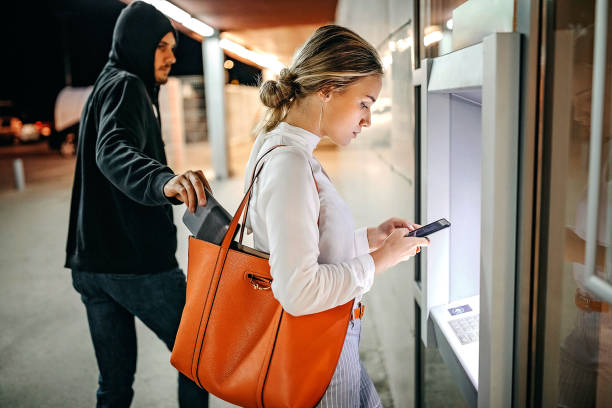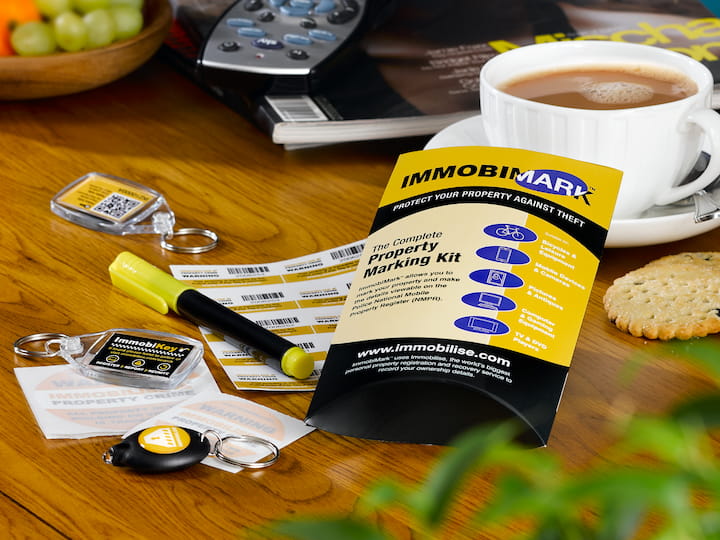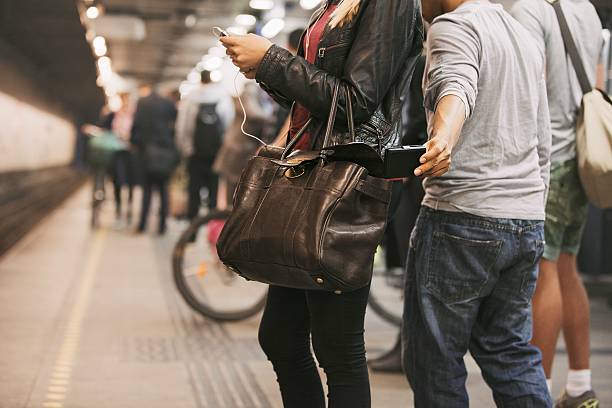Theft & Robbery
Theft & Robbery
Courses - Theft & Robbery
Theft & Robbery
Theft is defined by section 1 of the Theft Act 1968 as the dishonest appropriation of property belonging to another with the intention to permanently deprive the other of it. The principal aim of theft is to acquire property. Theft includes: stealing from a person such as pick pocketing.
Course Content
What kind of theft should I look out for, protect your tech, protect your customers, I’ve been a victim of theft…

Read on below to get an idea of course content…
Course Content
What kind of theft should I look out for, protect your tech, protect your customers, I’ve been a victim of theft…

Read on below to get an idea of course content…
Key elements involved in the offence of theft include:
Dishonesty, fraud, burglary, belonging to another, intention to cause harm. Dishonesty, property damage, trespassing, ownership, intention to cause fear.
If you’re wondering what the difference is between robbery and theft, robbery involves stealing from a person using force or making them think force will be used. Theft means taking someone’s property, but does not involve the use of force.
What Kind Of Theft Should I Look Out For?
There are two types of theft you need to be aware of:
- Snatch theft – taking a bag cleanly from a shoulder is an example of this.
- Stealth theft – e.g. pick-pocketing. Where no force is used and the victim is unaware of the incident. This is the most common type of theft from a person.
Protect Your Tech

Mark belongings using a UV pen or other marking system.
You can help to protect your property by registering your valued possessions on the Immobilise Property Register, a national database which helps police identify the owners of recovered lost and stolen property thousands of times every day.
Make a note of your personal IMEI number (type *#06# on your phone’s keypad to get it). If you have the IMEI number you can block your phone being used if it is stolen.
Download a phone tracking application.
Ensure you enable a security code or PIN across your devices.
Get high value personal items like mobiles phones and bicycles insured,

Protect Your Customers
Keep customers informed that their valuables may be at risk if left unattended.
Staff should look out for customers, and could, for example, politely remind people not to leave bags, mobile phones etc unattended.
Create bag stowage options (e.g. clips that allow customers to store their bags securely under the table, not on the ground).
Make staff aware that peak times and locations in the establishment could be exploited by thieves, and ask them to be extra vigilant during these times (e.g. watching tables close to the exit).

I’ve Been A Victim Of Theft
Report the theft to the police by visiting your local police station or calling 101. If your items are insured, you’ll need to report the crime to get a crime reference number.
For more information, click below for advice from:
Victim Support: What do if other personal items have been stolen.
Citizens Advice: What to do if your mobile phone has been stolen.
Key elements involved in the offence of theft include:
Dishonesty, fraud, burglary, belonging to another, intention to cause harm. Dishonesty, property damage, trespassing, ownership, intention to cause fear.
If you’re wondering what the difference is between robbery and theft, robbery involves stealing from a person using force or making them think force will be used. Theft means taking someone’s property, but does not involve the use of force.
What Kind Of Theft Should I Look Out For?
There are two types of theft you need to be aware of:
- Snatch theft – taking a bag cleanly from a shoulder is an example of this.
- Stealth theft – e.g. pick-pocketing. Where no force is used and the victim is unaware of the incident. This is the most common type of theft from a person.
Protect Your Tech

Mark belongings using a UV pen or other marking system.
You can help to protect your property by registering your valued possessions on the Immobilise Property Register, a national database which helps police identify the owners of recovered lost and stolen property thousands of times every day.
Make a note of your personal IMEI number (type *#06# on your phone’s keypad to get it). If you have the IMEI number you can block your phone being used if it is stolen.
Download a phone tracking application.
Ensure you enable a security code or PIN across your devices.
Get high value personal items like mobiles phones and bicycles insured,

Protect Your Customers
Keep customers informed that their valuables may be at risk if left unattended.
Staff should look out for customers, and could, for example, politely remind people not to leave bags, mobile phones etc unattended.
Create bag stowage options (e.g. clips that allow customers to store their bags securely under the table, not on the ground).
Make staff aware that peak times and locations in the establishment could be exploited by thieves, and ask them to be extra vigilant during these times (e.g. watching tables close to the exit).

I've Been A Victim Of Theft
Report the theft to the police by visiting your local police station or calling 101. If your items are insured, you’ll need to report the crime to get a crime reference number.
For more information, click below for advice from:
Victim Support: What do if other personal items have been stolen.
Citizens Advice: What to do if your mobile phone has been stolen.
Tips
Here are some ways in which you can protect yourself from thieves:
Be aware – victims tend to be chosen because they are vulnerable for some reason (e.g. being on their own, or distracted, or under the influence of alcohol).
Protect your mobile phone by:
- Being careful using it outside train and bus stations, as these are popular venues for snatch theft, often by motorcycle or scooter.
- Not advertising it to thieves by keeping it hidden from view and keeping public conversations short.
Never leave your bag, mobile phone, tablet or valuable items unattended in public view.
Avoid talking on your mobile phone or listening to music on headphones whilst walking home at night alone.
Be aware of what’s going on around you and keep to well-lit, busy areas.
Be extra careful when using cash machines – make sure no one is loitering too close and do not count your money in the middle of the street.
Don’t keep all your valuables in one place, if you can possibly avoid it.
Only take out what is necessary when going out at night.
Be alcohol aware and drink responsibly.
Tips
Here are some ways in which you can protect yourself from thieves:
Be aware – victims tend to be chosen because they are vulnerable for some reason (e.g. being on their own, or distracted, or under the influence of alcohol).
Protect your mobile phone by:
- Being careful using it outside train and bus stations, as these are popular venues for snatch theft, often by motorcycle or scooter.
- Not advertising it to thieves by keeping it hidden from view and keeping public conversations short.
Never leave your bag, mobile phone, tablet or valuable items unattended in public view.
Avoid talking on your mobile phone or listening to music on headphones whilst walking home at night alone.
Be aware of what’s going on around you and keep to well-lit, busy areas.
Be extra careful when using cash machines – make sure no one is loitering too close and do not count your money in the middle of the street.
Don’t keep all your valuables in one place, if you can possibly avoid it.
Only take out what is necessary when going out at night.
Be alcohol aware and drink responsibly.
Book A FREE Teams/Zoom meeting or phone call to discuss your needs and find out what we can offer your business and employees.
Self-Defence
Our Most Popular Course For Businesses and employees
“The defensive use of physical force for the purpose of preventing an actual or imminent threat of unlawful violence against the person with the aim of creating a window of opportunity to escape the threat.”
